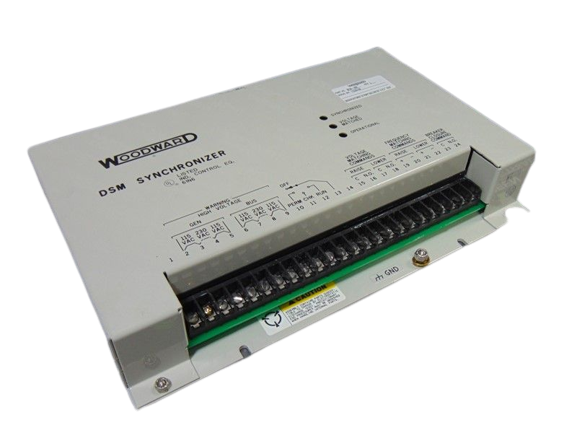
World Of Controls understands the criticality of your requirement and works towards reducing the lead time as much as possible.
8239-002 - DSM Synchronizer is available in stock which ships the same day.
8239-002 - DSM Synchronizer comes in UNUSED as well as REBUILT condition.
To avail our best deals for 8239-002 - DSM Synchronizer, contact us and we will get back to you within 24 hours.
Part Number: 8239-002
Manufacturer: Woodward
Product type: Digital Speed Matching Synchronizer Module
Repair: 3-7 Day
Features: Reset Button and Functional Fault LED
Input Voltage Rating: 18-32VDC, 27.4A
Power Supply Input: (18 to 32) Vdc
Signal to Actuator: 0 to 200 mA
Maximum Stub Length: 300 mm
Network Isolation: 0-60 Hz: 1000 Vrms
Power Source: 95-130
Speed Sensing: 1 to 30 Vac
Power Consumption: 14 W
Output Voltage Rating: 24VDC, 16A
Operating Temperature: 55 degrees Celsius
Weight: 9.11 lbs
Manual: 26167V1
Availability: In Stock
Country of Manufacture: United States (USA)
8239-002 is a DSM Synchronizer Module developed by Woodward. Every 100 microseconds, the Digital Signal Processor samples the counter's values and divides them to generate a digital speed signal. A digital-filter algorithm is executed every 100 microseconds to average the speed values in order to improve speed-sensor resolution at input frequencies greater than 200 Hz. This digital filter has a derivative output as well. The most recent speed and derivative information is moved to the Dual-Port RAM for access by the CPU module once per rate time. The CPU illuminates the FAULT LEDs during initialization, which occurs after each reset. The CPU then tests each I/O module using software diagnostic routines. If the diagnostic test fails, the LED remains illuminated. The LED turns off if the test is successful.
World of Controls has the most comprehensive selection of GE and Woodward components. Our professionals are available to help you with your requirements at any time. If you require any additional information, please contact WOC immediately.
What is 8239-002?
It is a DSM Synchronizer developed by Woodward.
How does the module improve speed-sensor resolution?
The module employs a digital-filter algorithm that executes every 100 microseconds. This algorithm averages the speed values to enhance the resolution of the speed sensor, particularly at input frequencies higher than 200 Hz.
Does the digital filter algorithm provide any additional output?
Yes, in addition to averaging the speed values, the digital filter algorithm also generates a derivative output. This derivative output can be useful for certain applications or analysis that require information about the rate of change of speed.
Where is the most recent speed and derivative information stored?
The most recent speed and derivative information is moved to the Dual-Port RAM. This RAM acts as a temporary storage location and allows the CPU module to access this information once per rate time.